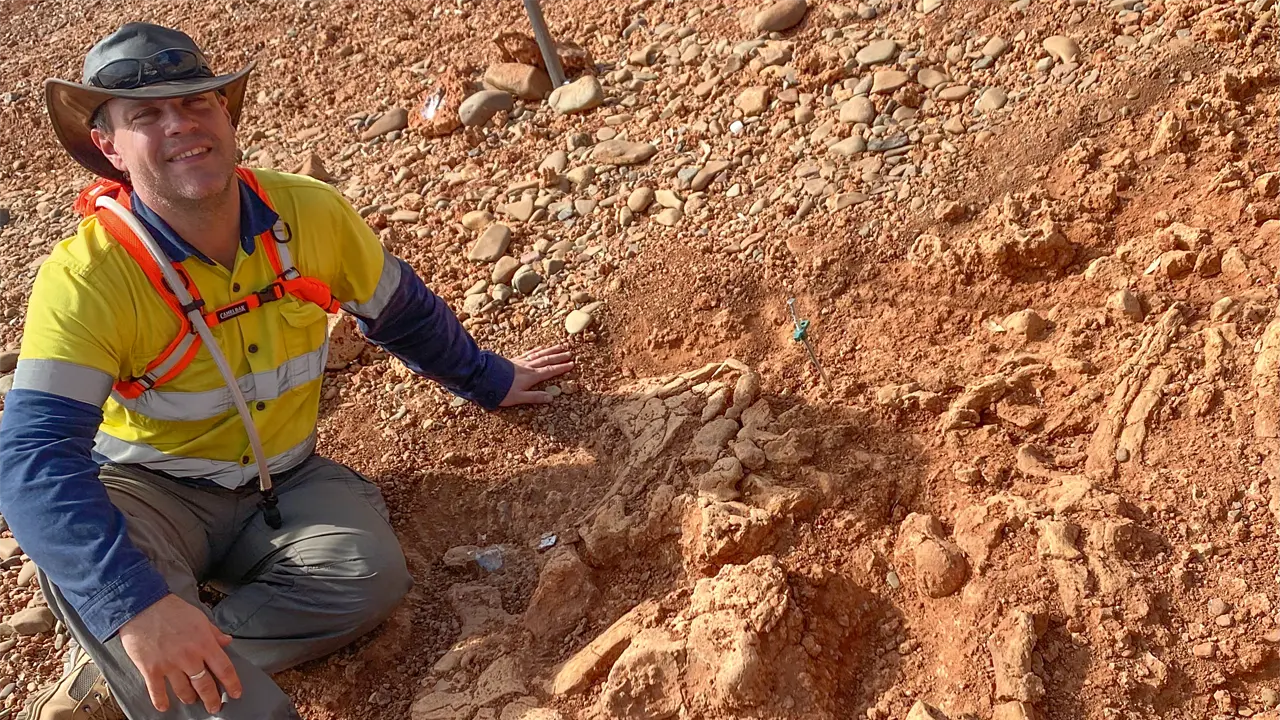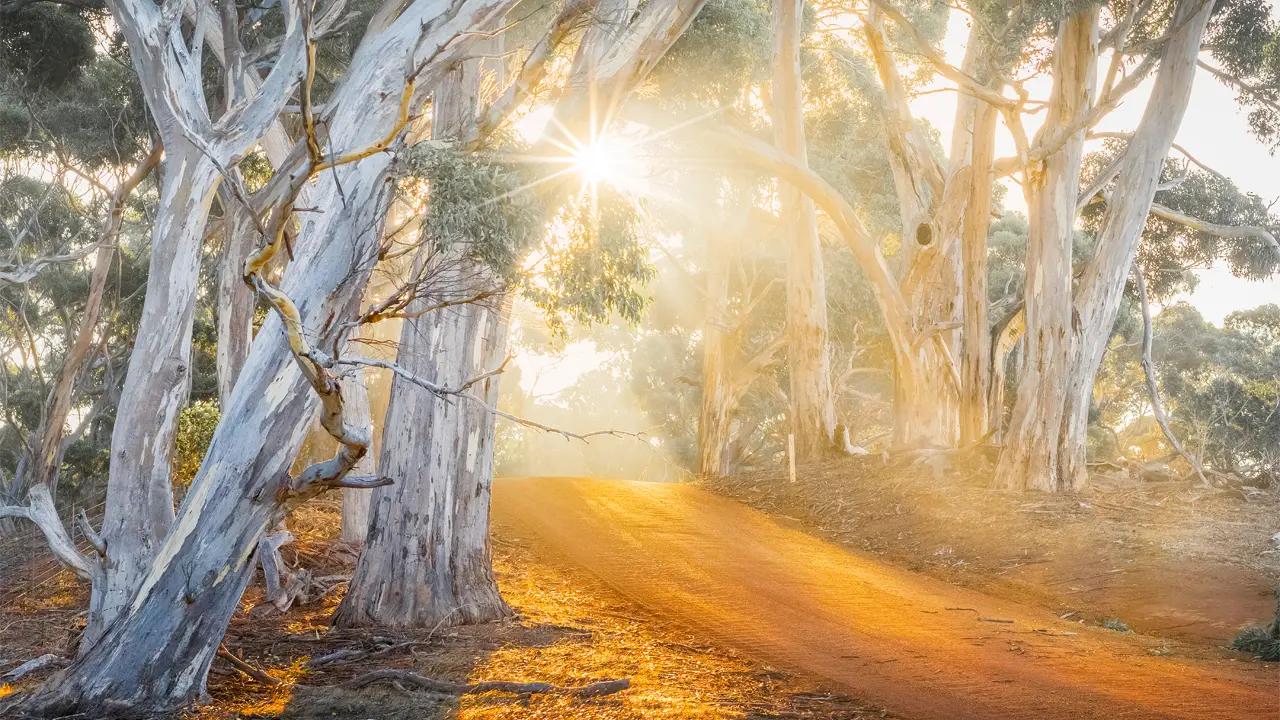South Australia’s Limestone coast region provides some of the world’s most spectacular cave diving.
Story By Ian Glover
Bar Antarctica, Australia is the world’s driest continent and South Australia its driest state. Paradoxically, it provides enthusiasts with some of the best inland aquatic adventure opportunities in the country.
Sydney club Dive Frontier members Andrew Cronan and Gareth Ingham are togging up in dry suits before tackling Gouldens Hole. “I’m not used to getting dressed for a dive looking at cows,” Gareth says. Located on grazing paddocks by the side of a dirt road, stock used to drink from Gouldens Hole but water levels have dropped and divers now depend on steps to get inside.
There are 15 recognised diving caves, caverns and sinkholes in South Australia including Hells Hole, Piccaninnie Ponds, Little Blue Lake and, only 200 metres from Gouldens, Bakers Cave. All are in the Mount Gambier region, on the Limestone Coast. (It’s an odd name for country that penetrates 150 kilometres inland, but it derives from the fact that it was once an ancient ocean that stretched for hundreds of kilometres.)
Andrew, a company director, and Gareth, an IT security expert, are about to do a cave-diving course with a local instructor. Though both have full US accreditation for standard diving, they need crossover qualifications from the Cave Diving Association of Australia (CDAA), based in South Australia, to legally explore underwater caves. “We used to wreck-dive, but now we’re into caves,” Andrew says. “South Australia has the best and most accessible caves in Australia – it’s number one!”
Gouldens is an open cenote – a natural underground reservoir of water, usually found in limestone country – but it is classified as a cavern by the CDAA. This is an easy cave: concrete steps down to the water surface; a shallow area of only three metres to acclimatise; and the deepest area, known as ‘The Alcove’, plunges to only 26 metres. It was formally named in 1949 after Reg Goulden who owned adjacent land and leased the water rights to the sinkhole for irrigation purposes. The first known scuba exploration was on April Fools’ Day in 1962, but scientific dives in the 1980s were the first to detail the diversity of aquatic animals and plants, and previously unidentified stromatolitic structures. (Stromatolites are laminated limestone structures made up of layers of blue-green algae and trapped sedimentary material.)
Where Gouldens is just a hole in the ground, the 85-metre-deep Piccaninnie Ponds are completely different. Reached by parking in a turning circle on a dead-end road, visitors walk through a forest of woolly tea-tree to a number of lagoons, each fringed by water ribbons that provide a perfect refuge from waterbirds for frogs and tortoises. Water snails forage on algae growing on the blades. The water is crystal clear, slowly filtered through limestone over thousands of years. It’s still happening, not only replenishing and freshening the waters of the ponds, but pouring millions of litres into the ocean – it bubbles up through the sands on the beach.
This story excerpt is from Issue #58
Outback Magazine: April/May 2008









